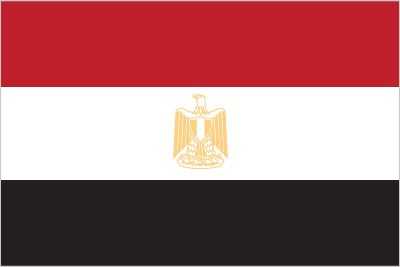Introduction
Visit the Definitions and Notes page to view a description of each topic.
Geography
People and Society
Population
comparison rankings: female 15; male 15; total 15
Languages
Median age
comparison ranking: total 177
Population growth rate
comparison ranking: 65
Birth rate
comparison ranking: 73
Death rate
comparison ranking: 212
Net migration rate
comparison ranking: 115
Maternal mortality ratio
comparison ranking: 129
Infant mortality rate
comparison ranking: total 88
Life expectancy at birth
comparison ranking: total population 132
Total fertility rate
comparison ranking: 63
Obesity - adult prevalence rate
comparison ranking: 19
Alcohol consumption per capita
comparison ranking: total 175
Tobacco use
comparison ranking: total 54
Children under the age of 5 years underweight
comparison ranking: 66
Education expenditures
comparison ranking: 175
Environment
Revenue from forest resources
comparison ranking: 101
Government
Economy
Real GDP (purchasing power parity)
comparison ranking: 17
Real GDP growth rate
comparison ranking: 84
Real GDP per capita
comparison ranking: 112
Inflation rate (consumer prices)
comparison ranking: 209
GDP - composition, by sector of origin
comparison rankings: services 134; industry 50; agriculture 73
Industrial production growth rate
comparison ranking: 162
Labor force
comparison ranking: 20
Unemployment rate
comparison ranking: 139
Youth unemployment rate (ages 15-24)
comparison ranking: total 69
Gini Index coefficient - distribution of family income
comparison ranking: 109
Public debt
comparison ranking: 18
Taxes and other revenues
comparison ranking: 159
Current account balance
comparison ranking: 194
Reserves of foreign exchange and gold
comparison ranking: 43
Debt - external
comparison ranking: 8
Energy
Electricity
comparison rankings: transmission/distribution losses 201; imports 107; exports 61; consumption 25; installed generating capacity 23
Carbon dioxide emissions
comparison ranking: total emissions 29
Energy consumption per capita
comparison ranking: 105
Communications
Telephones - fixed lines
comparison ranking: total subscriptions 15
Telephones - mobile cellular
comparison ranking: total subscriptions 17
Internet users
comparison ranking: total 10
Broadband - fixed subscriptions
comparison ranking: total 22
Transportation
Merchant marine
comparison ranking: total 45
Military and Security
Military expenditures
comparison ranking: 131





